
2016 Winter Meeting Schedule
The 2016 winter meeting season is right around the corner. Meeting dates and locations are listed in the table …



Extension and research at NC State address timely issues impacting our state. Extension delivers trusted information directly into the hands of farmers and agribusinesses, helping them translate knowledge into solutions that grow our economy and communities.
El inglés es el idioma de control de esta página. En la medida en que haya algún conflicto entre la traducción al inglés y la traducción, el inglés prevalece.
Al hacer clic en el enlace de traducción se activa un servicio de traducción gratuito para convertir la página al español. Al igual que con cualquier traducción por Internet, la conversión no es sensible al contexto y puede que no traduzca el texto en su significado original. NC State Extension no garantiza la exactitud del texto traducido. Por favor, tenga en cuenta que algunas aplicaciones y/o servicios pueden no funcionar como se espera cuando se traducen.
Inglês é o idioma de controle desta página. Na medida que haja algum conflito entre o texto original em Inglês e a tradução, o Inglês prevalece.
Ao clicar no link de tradução, um serviço gratuito de tradução será ativado para converter a página para o Português. Como em qualquer tradução pela internet, a conversão não é sensivel ao contexto e pode não ocorrer a tradução para o significado orginal. O serviço de Extensão da Carolina do Norte (NC State Extension) não garante a exatidão do texto traduzido. Por favor, observe que algumas funções ou serviços podem não funcionar como esperado após a tradução.
English is the controlling language of this page. To the extent there is any conflict between the English text and the translation, English controls.
Clicking on the translation link activates a free translation service to convert the page to Spanish. As with any Internet translation, the conversion is not context-sensitive and may not translate the text to its original meaning. NC State Extension does not guarantee the accuracy of the translated text. Please note that some applications and/or services may not function as expected when translated.
Collapse ▲
The 2016 winter meeting season is right around the corner. Meeting dates and locations are listed in the table …
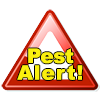
from Jim Dunphy, Extension Crop Science Specialist (Soybeans) Asiatic Rust has recently been confirmed on soybeans closer to our NC …
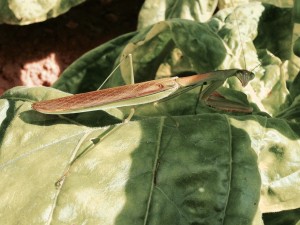
We observed both a decrease in flea beetle populations and an increase in predators this week at our remaining …

from Jim Dunphy, Extension Crop Science Specialist (Soybeans) Asiatic Rust has recently been confirmed on soybeans in DeKalb, Elmore, and …
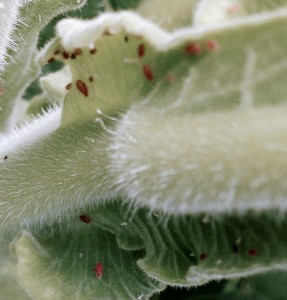
Several plants at our remaining on-farm site have small populations of aphids this week. While only one plant met the requirements …
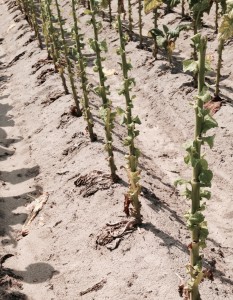
This week was busy with the final primings at nearly all of our remaining sites. We will continue reporting our …
Just a short post here to announce the arrival of azalea caterpillars for this year. Azalea caterpillars, Datana major, …
Granulate ambrosia beetles are primary pests of nurseries in spring. However, it seems like every year folks report ambrosia …

A number of folks are concerned about sap beetle injury this year. Sap beetles are secondary pests. That means …
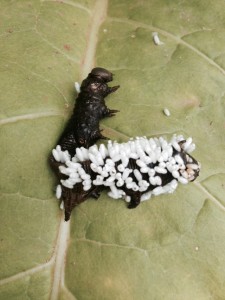
With harvesting well underway, we are now able to observe how insects distribute themselves on the remaining foliage in the …
Asiatic Soybean Rust was confirmed on soybeans in a sentinel plot in Jackson County, Florida, earlier today. Earlier, rust …
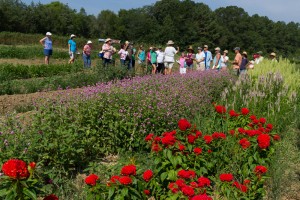
The Chatham County Center of North Carolina Cooperative Extension conducted a two-day workshop for farmers on Growing Cut Flowers …
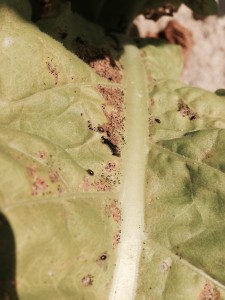
We are seeing more flea beetle feeding at sites with the lowest leaves still present on plants and consistently seeing beetles …
Originally posted on ecoipm.org Last week I wrote a post about recent research by Don Cipollini and Chad Rigsby at …
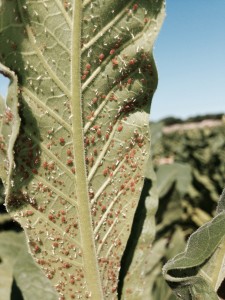
Similar to recent weeks, we are still in a bit of a midsummer lull for pest pressure. However, we still …
Originally posted on ecoipm.org See an update to this story posted here. As reported by Entomology Today, Emerald ash borer, Agrilus …
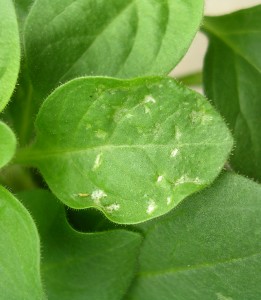
Impatiens necrotic spot virus (INSV) affects ornamental greenhouse crops like impatiens and mums but also many vegetables and herbs. The …
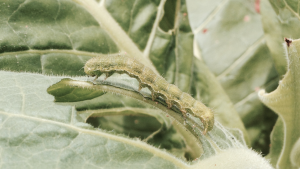
Budworm populations have surpassed threshold at all IPM sites to date, and all but one field has been treated. It …
Maybe you have already found the relatively new (at least to me) Extension Resource Catalog. This is a huge …
Including sloped screens for solid-liquid manure separation can have positive impacts on manure management systems …
Screw press separators can divide a single by-product stream into a solid and liquid stream …
This factsheet summarizes key technologies used to produce pellets from animal manures and the impact …
Manure is among the lowest methane yielding feedstocks in digesters, but it is widely used …

Grapevines require 16 essential nutrients for normal growth and development (Table 9.1). Carbon, hydrogen, and …
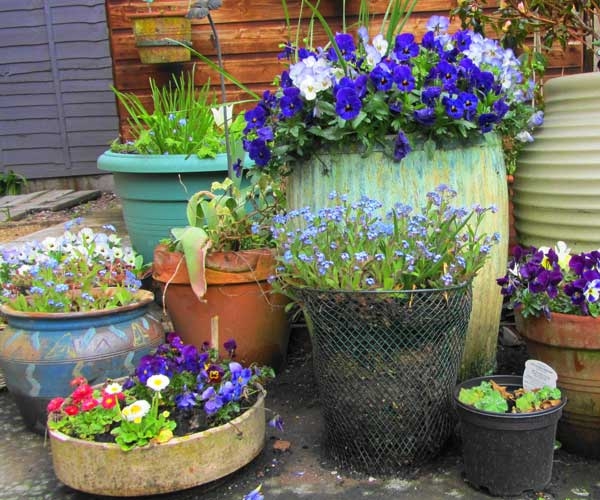
In this publication you will find ideas to get you started growing your own edibles. …
A Farmers’ Market Tour is a great way to introduce your program participants to an …
